Why have we not seen any Blue Jays at our feeders all this winter? Why are Wild Turkeys and deer suddenly so abundant in back yards?
Connecticut has lots of trees, in fact it is the 14th most forested state in the USA (as well as the 4th most densely populated by humans). Acorns and other nuts and tree seeds ("mast") make up more than half the diet of White-tailed Deer and Wild Turkeys. Oak trees produced a bumper crop of acorns the previous fall and winter (2021-22). Turkeys and deer thrived and multiplied.
This winter there were almost no acorns. A combination of factors produced failure of the mast crop, including depletion of the energy stores of the trees following the abundant yield in 2021. Oaks face increased competition from maple, birch and ash trees whose shade kills oak seedlings. They crowd out the lower branches of mature oaks, turning them into "poles" able to produce acorns only high on their sunlit narrow crowns.
Drought conditions prevailed during spring and summer of last year, and there were damaging late spring ice storms, making the trees more subject to diseases and insect invasions, virtually eliminating production of acorns. State botanists forecasted widespread acorn crop failure for the fall 2022 season (Reference below).
On the morning of April 4, while driving to the market, we encountered a band of a dozen or more Wild Turkeys along the edge of the road near our home. Luckily, there was no traffic and I was able to stop, open the car window and get a few photos with my iPhone before they disappeared into the brush:
Breeding season is just about over. Two large males (Toms), instead of pursuing females, were displaying to each other. This one appeared to dominate the other:
In fall, Blue Jays are usually very busy collecting acorns and burying them. They have an uncanny ability to remember the locations of their cached winter supplies. Normally, most Blue Jays migrate south for the winter. A varying number, either local birds or those from further north are seen during winter, depending upon availability of food. While I failed to obtain any photos of Blue Jays this winter, this is one of many which visited our back yard in October, 2022:
A few spring migrants have arrived. Chipping Sparrows disappeared during the coldest months, but I photographed this first one through the window, also on April 4, an unusually warm and sunny day:
Some Carolina Wrens occupy the lower elevations around the lake all winter, but rarely venture up to our yard. This one visited on April 4, singing in the budding Red Maple at the back lawn, photographed with no intervening windows:
The Gray Squirrels fare very well without acorns by raiding the feeders The feeders are brought inside every night to discourage bears, which also suffered from the failure of the mast crop:
Black-capped Chickadees were active as usual:
Taking advantage of the break after more than a week of miserable weather (also on April 5) MaryLou and I were able to walk down to the lake, about 120 feet lower in elevation. We took note of how the flowers were more than a week ahead of ours. These are Creeping Myrtle (Periwinkles), escaped from cultivation:
Daffodils were already blooming along the lake, while ours had not yet developed buds:
The clear-cut back acres do not yet show green, but the tops of the trees are tinted red by fresh buds:
The first day of April was marked by the arrival of a powerful cold front. The skies had been clear, but before sunset a very menacing solid cloud bank approached from the northwest. The clouds blotted out the sun and loomed like a mountain behind the distant hills:
In a hardwood forest, a minimum of 15 oak trees, 14 inches diameter at breast height (dbh) or larger, will provide the necessary food source for mast dependent wildlife species such as deer, turkey and squirrels.
In Connecticut, oaks are the most valuable mast producer. White oaks produce a very palatable, sweet mast every year and red oaks produce a bitter mast crop every other year. White oak acorns, because of their palatability, generally do not last through the winter, while red oak acorns remain available, providing a food supply during critical periods of scarce food.
This week's header: Cold front approaching
= = = = = = = = = = = = = = = =
My Corner of the World
________________________________________________
Please visit the links to all these posts to see some excellent photos on display
________________________________________________
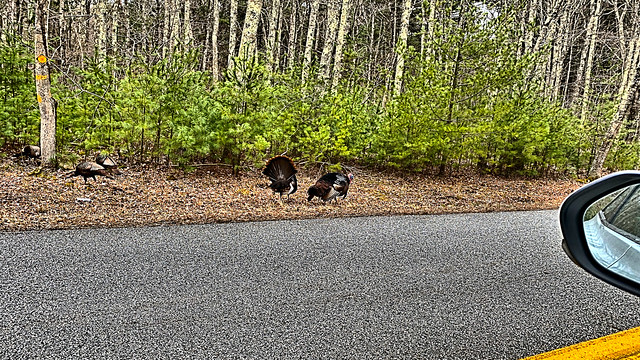






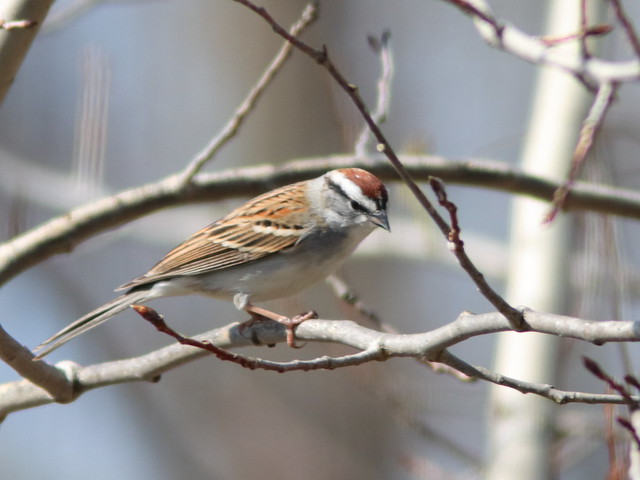

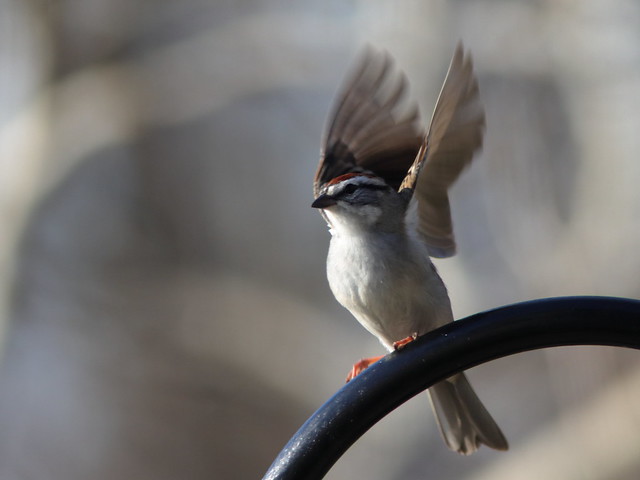


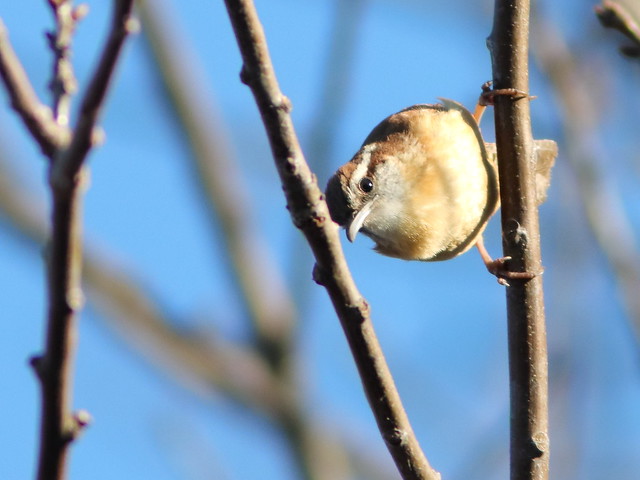
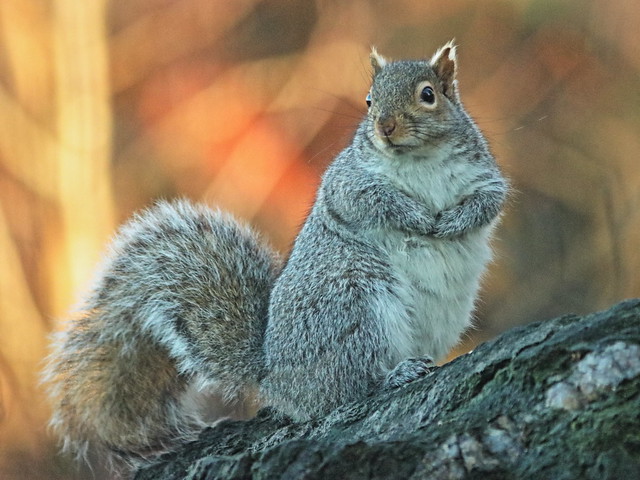







Beautiful Turkeys..My stepdaughter has three of them on her farm..They follow you everywhere.We had that cold front as well...now we are in record highs (80's) and very dry..Love your pictures..Wrens and Chickadees are among my favorites.
ReplyDeleteAgain, the magnificent nature photos and wonderful variety of birds
ReplyDeleteHello :=)
ReplyDeleteI have never seen a Turkey looking so resplendent when displaying it's beautiful plumage. Great photos of the Turkeys, and all your yard birds. It was interesting reading about the various types of Oak trees and their acorns. I hope your weather improves.
Enjoy your weekend
All the best
I am so happy that our spring birds are coming back! We've had a ton of jays, as always here!
ReplyDeleteWhat a treat to see those wild turkeys displaying like that.
ReplyDeleteHi Ken, your explanations are really interesting (and amusing if you use google translator into German. Better in English then.) If I compare your pictures with my current photos, then spring is already much further advanced here, although it is still too cold and too wet. But it's green and blooming everywhere.
ReplyDeleteHerzliche Grüße - Elke (Nature Thursday/ Der Naturdonnerstag)
Hello Ken,
ReplyDeleteAwesome photos of the Turkeys, their feathers are beautiful. I have seen huge flocks of Blue Jays recently, maybe they are migrating north now. The Wren and Chickadee are cuties, I always enjoy seeing them too. It is nice to know that the critters and birds are enjoying all those acorns. I hope you are feeling well. Thank you for linking up and sharing your post. Take care, enjoy your and the rest of the week..
What beautiful photos great shots especially the turkeys can see every single detail :-)
ReplyDeleteHave a gobbletastic week 👍
Wow. They are big turkeys to be roaming around the streets!! Thanks for joining #Allseasons
ReplyDeleteI really enjoyed your post, Ken. Great explanation about why some years produce more mast than others.
ReplyDeleteLove all the photographs. If you need a few Blue Jays, we can send as many as you like.
Great photos, all, but the turkey shots - WOWZA!
ReplyDeleteThank you for sharing at http://image-in-ing.blogspot.com/2023/04/the-last-of-quilts.html
Interesting post about the acorns and mast. Great shots of the turkeys. Our local urban wilderness park has started prescribed burns and mulching to open up the forest. One of many reasons had to do with providing room for the oak trees to grow because right now they are shaded over by mainly invasive species.
ReplyDeleteInspiring post with beautiful capture of birds. I really loved the shot of Daffodils . Thanks for sharing with Garden Affair.
ReplyDelete